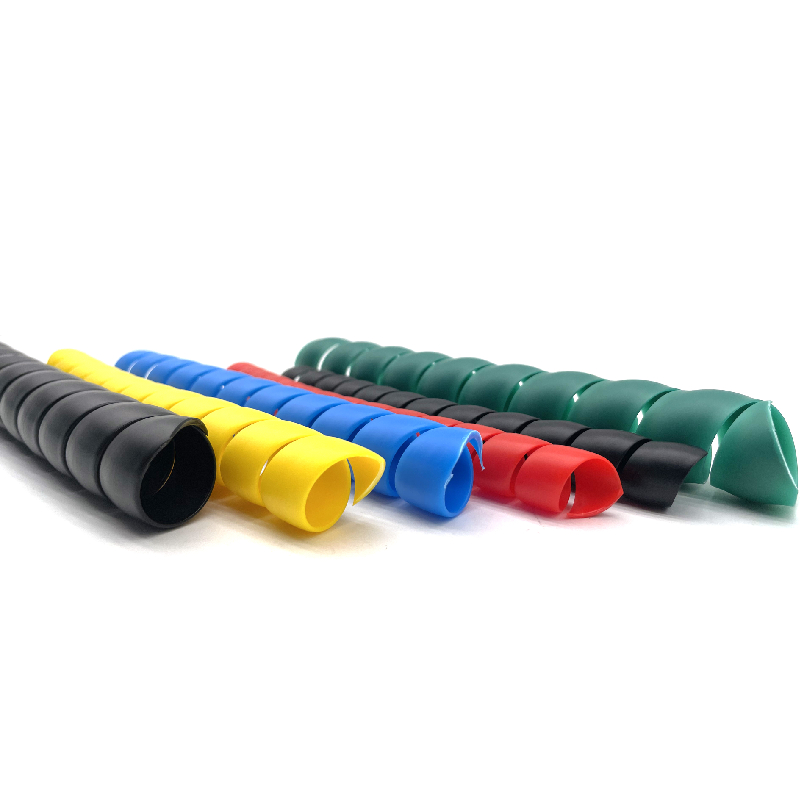Understanding Car Air Conditioning Hose Fittings for Optimal Vehicle Cooling Performance and Maintenance
Understanding Car Air Conditioning Hose Fittings
Car air conditioning systems rely on a complex network of components to keep the interior of vehicles cool and comfortable. One crucial aspect of these systems is the hose fittings, which play an integral role in the effective operation of the air conditioning units. This article aims to illuminate the importance of air conditioning hose fittings, the various types available, and considerations for maintenance and replacement.
The Role of Hose Fittings in Air Conditioning Systems
Hose fittings are connectors used to join hoses to other components in the air conditioning system, such as the compressor, condenser, and evaporator. These fittings ensure the tightness and integrity of the connections, allowing the refrigerant to flow through the system without any leaks. A well-functioning air conditioning system requires these fittings to create a secure link that can withstand high pressure and temperature variations.
Types of Hose Fittings
There are several types of hose fittings used in car air conditioning systems, each designed for specific applications
1. Permanent Fittings These fittings are designed to be crimped onto the hose, creating a permanent bond. They are common in factory-assembled hoses and are typically replaced as an entire assembly when damaged.
2. Reusable Fittings As the name suggests, these fittings can be removed and reinstalled multiple times. They are ideal for repair situations, as they allow for flexibility in service.
3. Suction and Discharge Fittings These are specialized fittings that manage the flow of refrigerant. The suction fittings connect with the evaporator, allowing low-pressure refrigerant vapor to enter the compressor, while the discharge fittings connect to the condenser, facilitating the high-pressure refrigerant to move through the system.
car air conditioning hose fittings

4. Barb and Hose Clamps Simple yet effective, these fittings consist of a barbed end that grips the hose and a clamp that secures it in place. They are commonly used in lower-pressure applications.
Importance of Proper Selection and Installation
Choosing the right hose fittings is crucial for the efficiency and functionality of an air conditioning system. Mismatched or poorly installed fittings can lead to refrigerant leaks, which not only diminish air conditioning performance but can also be harmful to the environment. Additionally, leaks can compromise the system's overall efficiency and lead to higher fuel consumption.
When installing fittings, it is essential to follow the manufacturer's recommendations and use the appropriate tools. Over-tightening or using incorrect fittings can damage hoses and fittings, leading to premature failure.
Maintenance and Replacement
Regular maintenance of air conditioning systems can help extend the lifespan of hoses and fittings. Checking for signs of wear and tear, such as cracks, leaks, or corrosion, is vital. If any issues are detected, it is advisable to replace affected hose fittings promptly.
When replacing fittings, ensure compatibility with existing hoses and components. Using OEM (Original Equipment Manufacturer) parts is often recommended to achieve the best performance and reliability.
Conclusion
Car air conditioning hose fittings are small yet significant components that ensure the efficient operation of air conditioning systems. Understanding their types, importance, and the need for proper maintenance can help vehicle owners keep their air conditioning systems running smoothly. As every driver knows, a reliable air conditioning system is not just a luxury; it is essential for a comfortable and enjoyable driving experience, especially during hot weather. Regular checks and timely replacements of hose fittings can go a long way in maintaining the overall health of a vehicle's climate control system.
-
Ultimate Spiral Protection for Hoses & CablesNewsJun.26,2025
-
The Ultimate Quick-Connect Solutions for Every NeedNewsJun.26,2025
-
SAE J1401 Brake Hose: Reliable Choice for Safe BrakingNewsJun.26,2025
-
Reliable J2064 A/C Hoses for Real-World Cooling NeedsNewsJun.26,2025
-
Heavy-Duty Sewer Jetting Hoses Built to LastNewsJun.26,2025
-
Fix Power Steering Tube Leaks Fast – Durable & Affordable SolutionNewsJun.26,2025

